Sometimes you have a blind angle somewhere in your psyche, where you are still hopelessly naive and just could not think that things could be anything but all right. You cling stubbornly to that angle. My blind angle was fish. For many years I have not eaten a lot of meat and when I bought some for supper it was either organic, or meat where I with some certainty could assume that it had been farmed with a high degree of animal welfare. I was challenged, but I could put it aside and politely chew on a piece of cage-pig, when politeness and circumstance demanded it. However, I ate amounts of fish, herring, mackerel and salmon, most of all herring with salmon as a close second. A generous slice of rye bread, a filet of matured pickled herring, some raw onions and a chilled snaps – a perfect evening meal on a busy workday. That was before I really got angry.
Until the moment I saw ”Filet! Oh Fish”, a French television reportage aired on Danish television in February 2014, I had primarily thought of the Norwegians as Nordic family, but a particular nature loving part of the family, who perhaps were at their most comfortable hanging off a vertical cliff head down. It amused me to observe how my Norwegian acquaintances at some point would get that distant look in the eye and mumble about “home on ‘fjellet’ (the mountain)” and shortly after there would be a purchase of airplane tickets and “just going to Norway for the weekend”. Nevertheless, it was of course very unreasonable of me to assume that it meant that Norwegians would take extra good care of our nature. But that was what I had decided and something extraordinary welled up inside me as the reportage released its facts and told the story about an industry and a political lobbyism that had run wild hunting for profit. The reportage addressed the high amount of dioxin in the meat of farmed salmon. Feed made of fish caught in the Baltic Sea, fish that you do not recommend for the consumption of humans because of the high concentration of heavy metals and pesticides. Genetically mutations that might prove disastrous for the wild population of salmons, because the cage-salmons sometimes escape and mix with their wild relatives. Fjords, where the sea floor is dead and covered with meter high layers of waste, uneaten feed and a cocktail of anything else that had been poured in the water to keep the salmon alive. To some extent, I think it weird that it should move me so deeply considering how often nowadays the media exposes culprits in the food industry. Maybe it was rather coincidental that it became the salmon, but in my mind there was only one word as I watched and it swelled until it was all there was; ENOUGH!
It is now about 18 months since I saw the documentary that became a personal end: I no longer eat neither meat nor fish. I have been struggling with this decision since I was thirteen years old and stopped eating meat for the duration of almost a year. I then had this diffuse feeling that meat eating was somehow wrong, but also a weakness for sausages that worked like kryptonite on my will in this first period as a meat objector. I had to leave the room before any serving of a sausage-dinner. Thirty years later I have learned to say “MMMH, smoked tofu”, when I pass a hot dog stand, but I do not think of myself as a vegetarian. Principally, I do not think that there is anything wrong with eating meat, but I choose not to, because I do not in any way – not even with the slightest piece of chorizo-sausage – want to support how we treat animals when they are alive and when they become food. I have an opinion about how much meat we eat and how our insane consumption is ruining our farmlands, our lakes and streams and our oceans. I cannot really cheer about the skilled and responsible farmers, who treat their animals fairly and give them proper living conditions. I know that they are there, but at the same time, I have to assume that all farmers from their own viewpoint are treating their animals fairly, because they are treating them as you are allowed to treat animals according to legislation, or, simply how they are convinced you treat animals fairly. People strive for the good, right, so per definition everyone would attempt to do the right thing. I cannot really change those conditions, but I can vote with my credit card and now with my words, I can do the equivalent to chaining myself to a pig farm, I can pass a judgment. And my judgment is that it is not good enough, and what I then can do, pardon my frankness, is to refuse to ever eat that shit again.
Very recently on a walk in the woods, I met an old man, a genuine old hippie. We talked for quite a while among other things about animals, about their consciousness or lack of it and our relation to them. He voiced his view like this “Damned if I know, but when I look at them, I can see that someone is sitting in there and looking back… ”. The animal is alive it looks back. Is there in that look not enough to demand our respect?
In conclusion, to return to the fish, the Danish health authorities has made new recommendations in December 2014. They recommend that people should eat more fish including farmed salmon. In the recommendations, they have however included following warnings: they strongly advise against children under the age of three eating tuna, because even the slightest amount of mercury can damage the brain. Furthermore, they recommend that women who are planning a pregnancy (it does not mention when, ed.), are pregnant or breastfeeding and children from the age of 3-14, should not eat cuttings from any of the large predatory fish because of the high amount of mercury in the flesh. That entails for example: ray, halibut, oil fish (escolar), swordfish, porbeagle, northern pike, perch, zander and tuna.
About the levels of dioxin in salmon The Danish Veterinary and Food Administration recommends that women in the childbearing age, pregnant and breastfeeding women only eat one serving of wild salmon caught in the Baltic Sea – approximately 125 gram – once a month. Everybody else can eat the salmon from the Baltic Sea maximum twice a month without any health risks. It does not say anything further about the levels of dioxin in farmed salmon, except that the feed for the farmed salmon must comply with the limit values of the European Union for dioxin in fish feed.
The conclusion must be that the Veterinary and Food Administration assesses that the possible benefits from eating salmon and other fish outweigh the possible disadvantages. I have not been able to find any official follow-up or disclaim of any of the researchers studies and statements as they were presented in the French reportage.
[∞]
Notes to the translation
I have included links to the mentioned official pages of the Danish authorities that I am referring to for good measure, but most of you who read the English edition of this post would not be able to read them. I suggest you look up the recommendations in your own countries and compare them with my notes. As for the one-hour reportage, I have found it dubbed in English several places on the internet including YouTube with the above title “Filet! Oh fish”. The reportage first aired on France 2 in November 2013 with the title “Poisson: élevage en eaux troubles”.
“The Baltic Sea” is called “The Eastern Sea” in Danish, Swedish and Norwegian (østersøen, östersjön, østersjøen).
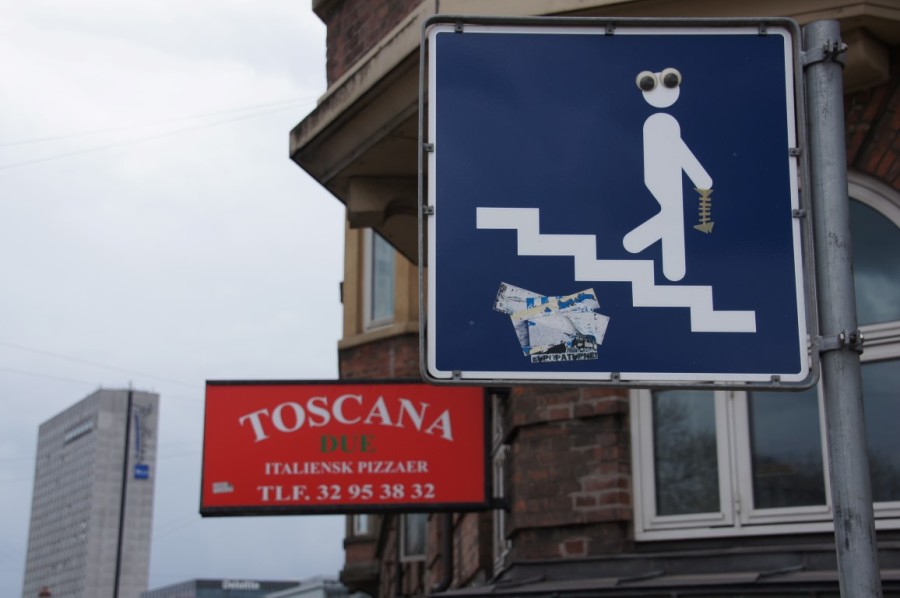
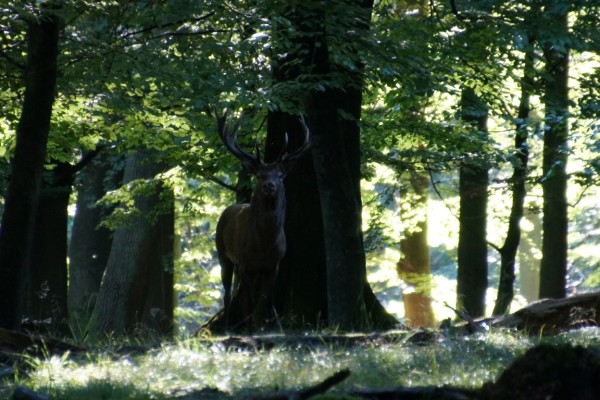
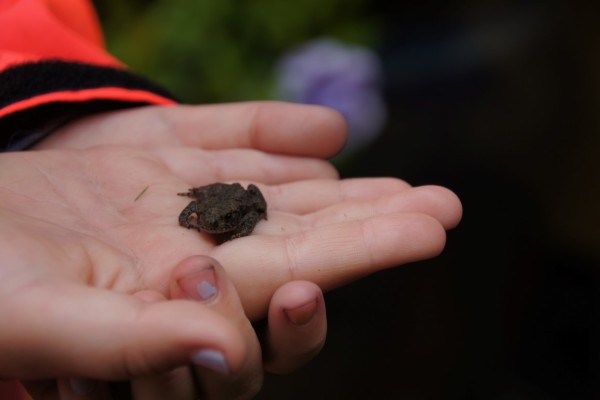
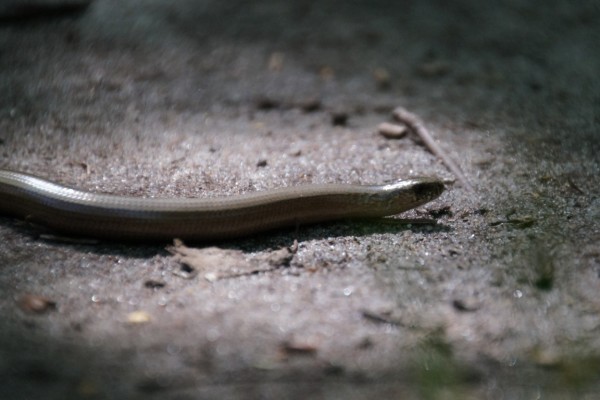
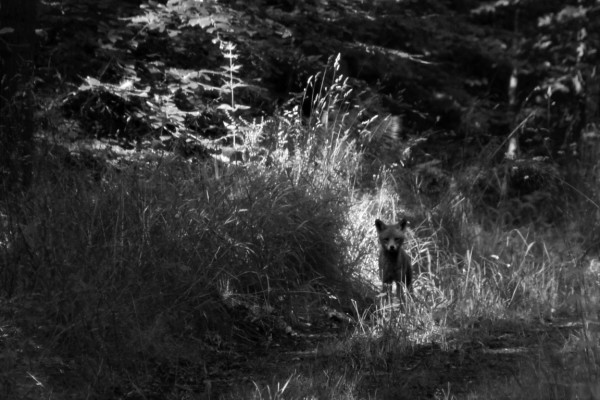
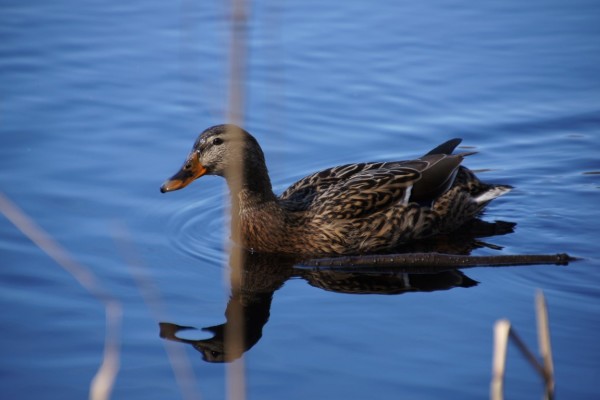
One comment